Introduction
Biomass, a renewable energy source derived from organic matter, holds immense promise in the quest for sustainable energy solutions. With its diverse applications and role in carbon capture, biomass is making significant strides as an alternative to fossil fuels. From the repurposing of agricultural waste for energy production to the transformation of biomass into bio-based chemicals and materials, its versatility knows no bounds.
Projects like the one in France's Pays de Montbéliard demonstrate the collaborative potential of local ecosystems in producing renewable hydrogen from biomass. However, ensuring environmental sustainability remains a challenge, particularly in the intensive cultivation of crops like corn. Life Cycle Assessments are crucial in evaluating the true impact of biomass solutions.
As the renewable energy sector evolves, biomass stands as a cornerstone of the bioeconomy, with the potential to play a pivotal role in achieving net-zero emissions and addressing climate change. The integration of thermochemical and biochemical conversion routes, advancements in catalyst technologies, and the evaluation of sustainability and environmental impact are key areas of focus in the biomass industry. With strategic approaches and continued research, we can unlock the full potential of biomass and pave the way for a more sustainable future.
Why Biomass is a Promising Energy Source
Organic matter, including plant materials, agricultural remnants, and forest waste, constitutes biomass, a renewable energy source with a plethora of sustainable applications. As an alternative to fossil fuels, biomass is making significant strides, primarily due to its role in carbon capture and sustainable energy production. Corn stover, for example, exemplifies agricultural waste repurposed for energy, illustrating a more sustainable use of resources.
The versatility of biomass extends beyond energy production; it can serve as a feedstock for biotechnology and biomanufacturing, transforming into bio-based chemicals and materials. Moreover, projects like the one in France's Pays de Montbeliard show how local ecosystems can collaborate to produce renewable hydrogen from biomass, demonstrating a shift towards fossil-free energy solutions. However, while the bioeconomy benefits from biomass, the challenge of maintaining environmental sustainability remains, especially concerning the intensive cultivation of crops like corn.
Life Cycle Assessments are crucial to ensure that biomass solutions genuinely reduce carbon footprints. As the energy sector evolves, biomass stands as a cornerstone of the bioeconomy, with the potential to play a pivotal role in achieving net-zero emissions and addressing climate change.
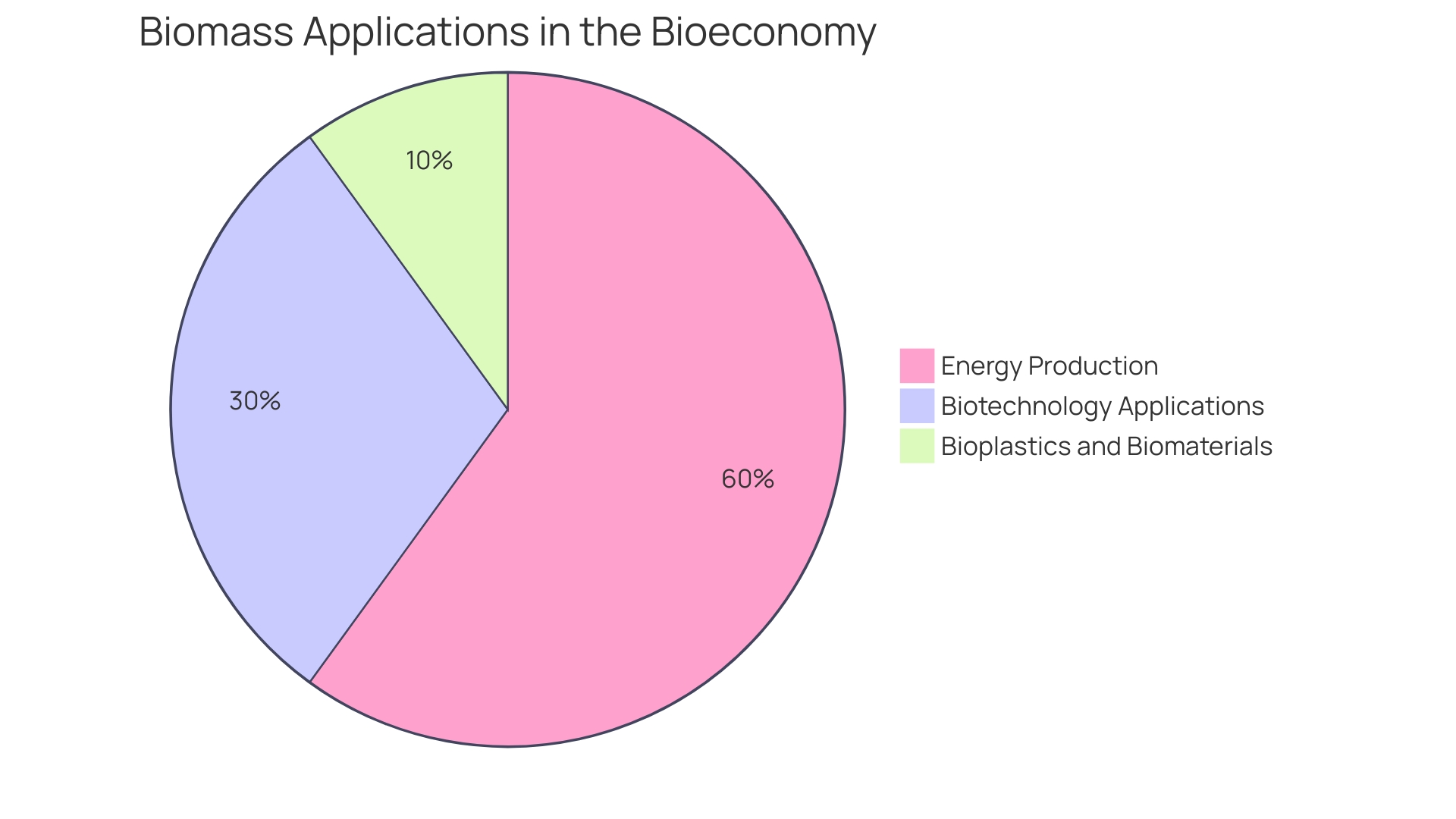
Thermochemical Conversion Routes
Thermochemical conversion processes are critical in converting biomass into valuable biofuels. These processes, which include pyrolysis, gasification, and combustion, exploit the chemical reactions prompted by heat to transform organic materials into energy-dense fuels. Pyrolysis involves the thermal decomposition of biomass in the absence of oxygen, creating a rich liquid product known as bio-oil.
Gasification, on the other hand, partially oxidizes biomass to produce a combustible gas mix, and combustion is the complete oxidation of biomass to release energy. These methods are not only pivotal in utilizing biomass but also serve as a bridge, enabling the integration of biofuels with other renewable energy technologies. By fitting seamlessly into existing energy infrastructures, they enhance the reliability of energy systems that include solar, wind, and hydro sources.
Renowned institutions like the University of Wroclaw in Poland are at the forefront of such innovations, with BIOTERRAN's technology being a testament to the potential of biomass conversion. This technology, under the guidance of experts like Professor Andrzej Vogt, Ph.D., showcases the practical application of biomass transformation while aligning with sustainable practices.
The ongoing research and development in this field are fueled by the need for energy-efficient and environmentally friendly alternatives to traditional fuel sources. Innovations in catalysis, as reported in recent studies, point to the potential of biomass as a versatile raw material for creating a range of sustainable products, including fuels that can be produced under fluctuating conditions reflective of renewable energy supplies.
Furthermore, the significance of such technologies is underlined by the role of biofuels like ethanol, which has proven its worth in the bio-based economy through decades of real-world applications. Ethanol's contributions to climate mitigation, energy independence, and air quality enhancement, reinforce the necessity of exploring and optimizing thermochemical conversion routes.
As the global community continues to prioritize sustainability and climate change mitigation, the research, insights, and discussions around biomass conversion and catalytic processes become increasingly relevant. These efforts contribute not only to a deeper understanding of the science behind biomass conversion but also to the practical realization of a more sustainable future.
Biochemical Conversion Routes
Harnessing the power of microorganisms and enzymes, biochemical conversion processes transform biomass into valuable biofuels, playing a pivotal role in sustainable energy production. Fermentation, a biochemical pathway, has evolved from its traditional use with food crops like corn and sugarcane to now incorporate lignocellulosic biomass, thanks to advancements highlighted by researchers at the National Renewable Energy Laboratory (NREL). These modern approaches, such as Co-solvent Enhanced Lignocellulosic Fractionation (CELF), enable the simultaneous production of diverse bio-products, optimizing the use of each biomass component.
Anaerobic digestion, another key biochemical route, takes advantage of microbial ecosystems to break down organic matter in the absence of oxygen, yielding biogas. According to the European Commission, the EU's indigenous biogas production reached 14.9 million tons of oil equivalent in 2021, representing a 1.7% increase from the previous year. This underscores the escalating importance and tangible growth of biofuel production within the energy sector.
The implications of these biochemical processes extend beyond energy production; they are instrumental in the decarbonization of hard-to-abate sectors. For instance, the International Air Transport Association recognizes sustainable aviation fuels (SAFs), derived from waste and renewable sources, as a critical step towards reducing aviation-related CO2 emissions. Real-world applications in educational settings, as observed by students at Waubonsee, further demonstrate the multifaceted impact of these biofuels, linking computational sciences, environmental considerations, and energy solutions.
In the broader context, GlobalData's Oil and Gas Analyst Ravindra Puranik emphasizes the necessity of advanced feedstocks for fuel production, mitigating food security concerns and steering away from conventional, fossil-based resources, which currently account for 47% of carbon-based material production. The transition to biofuel technologies not only contributes to climate change mitigation but also bolsters energy independence and air quality, reinforcing their significance in the evolving bio-based economy.
Advantages and Drawbacks of Conversion Routes
Biomass conversion into energy is a key strategy in the global quest to reduce carbon emissions and combat climate change. It involves the use of organic materials, such as wood, agricultural residues, and even animal manure, as sustainable energy sources. Corn stover, the non-edible part of the corn plant, exemplifies the innovative use of agricultural waste in biomass production.
This approach not only contributes to carbon dioxide removal (CDR) efforts but also promotes a more efficient use of resources. For instance, transforming agricultural waste, which accounts for about 15% of total crop production, into energy can significantly reduce environmental degradation.
Thermochemical and biochemical pathways represent the two primary methods for converting biomass into energy. Thermochemical conversion, which includes processes like gasification and pyrolysis, is known for its ability to handle diverse feedstocks and produce a range of products, including liquid fuels and chemicals. Conversely, biochemical conversion, which encompasses anaerobic digestion and fermentation, is lauded for its use of microorganisms to break down organic matter, thereby producing biogas and ethanol.
Despite their promise, these conversion processes present challenges. As noted by experts, including Philip Siu of EcoCeres, vast quantities of biomass are required to meet the objectives of initiatives like the European Green Deal. This raises concerns about the sustainable supply of biomass within regions such as the EU.
The Joint Research Center of the European Commission reports that over half of agricultural biomass is used for animal feed, with a significant portion of usage unaccounted for, which indicates a knowledge gap in the full impact of biomass utilization.
The complexities of biomass conversion pathways necessitate a nuanced understanding of their environmental and economic trade-offs. While they offer a path toward cleaner energy and a circular economy, considerations around the sustainability of biomass sourcing, the efficiency of conversion technologies, and the management of waste products must be addressed. By harnessing the full potential of biomass through strategic conversion routes, we can make significant strides in our efforts to reduce greenhouse gas emissions and foster a more sustainable future.
Life Cycle Assessment (LCA) of Biomass to Biofuel
Life Cycle Assessment (LCA) is a methodological framework integral to understanding the environmental repercussions of converting biomass to biofuel. LCA accounts for the cumulative impacts of a product's lifecycle, from raw material extraction through processing, distribution, use, and disposal. The European Environment Agency's (EEA) comprehensive studies on biomass utilization underscore the importance of such evaluations.
Recognizing the diverse applications of biomass, which range from animal feed to construction materials, the EEA aims to uncover the sustainable threshold for biomass consumption within the EU framework, especially in light of the European Green Deal's objectives.
Moreover, the National Renewable Energy Laboratory (NREL) has been at the forefront of LCA research, especially in renewable energy technologies. NREL's research emphasizes the necessity of LCA in ensuring that energy technologies not only advance in efficiency but also in sustainability. One significant development in this area is NREL's code-based LCA, which employs an open-source Python library, enhancing the efficiency and reproducibility of assessments.
Biomass, as defined by the Foundation for Food & Agriculture Research (FFAR), includes organic materials like agricultural crops, wood residues, and animal manure. It's pivotal in climate change mitigation strategies, serving as a carbon sequestration agent or a renewable energy source. The versatility of biomass extends to biotechnology, where, after undergoing complex chemical or biological processes, it becomes a valuable feedstock for bio-based chemicals and materials.
This positions biomass as a key player in fostering a sustainable bioeconomy, particularly in the context of the U.S. Department of Agriculture (USDA) and the Department of Energy (DOE) incentive programs.
Collectively, these insights from the EEA, NREL, and FFAR highlight the multifaceted role of biomass in our quest for sustainable energy solutions. They also stress the criticality of thorough environmental impact assessments, like LCA, to safeguard the balance between our energy demands and the health of our planet.
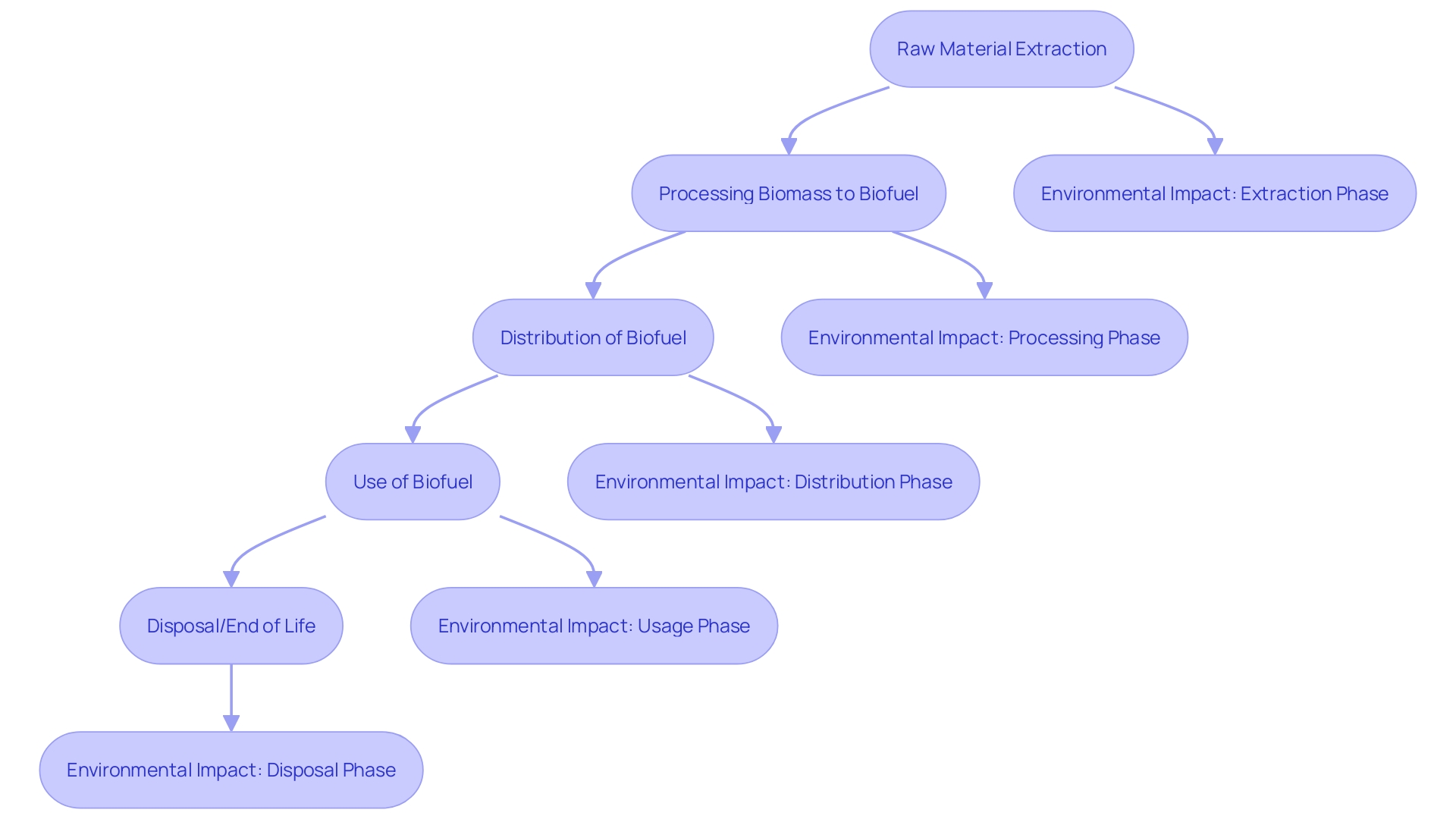
Integration of Conversion Routes for Better Efficiency
The quest for a more sustainable and efficient biomass conversion process has led to the exploration of novel feedstocks and the integration of different conversion pathways, with the goal of harnessing the full potential of biomass while minimizing environmental impacts. Lignocellulosic materials from forest and agricultural residues, along with micro-and macroalgae, offer a sustainable alternative to first-generation biomass, which competes with food production for arable land and water resources. Macroalgae, in particular, hold promise due to their unique polysaccharide structures, which differ greatly from those in terrestrial plants and can be utilized for a variety of biobased products.
The integration of thermochemical and biochemical conversion processes presents opportunities to improve the overall efficiency of biomass utilization. Thermochemical routes can convert biomass into syngas and bio-oil, while biochemical pathways typically involve the fermentation of sugars into biofuels like ethanol. The co-utilization of these pathways can lead to optimized resource use and the production of diverse energy vectors, including the increasingly demanded green hydrogen.
Furthermore, advancements in biotechnology, such as the use of Clostridium thermocellum for cellulosic ethanol production, show potential for high ethanol yields. However, challenges like low ethanol titers and microbial ethanol tolerance need to be addressed for commercial viability. Meanwhile, innovative biorefinery concepts like CELF (co-solvent enhanced lignocellulosic fractionation) have emerged, enabling the upfront fractionation of biomass and simultaneous production of multiple products, thereby enhancing the value derived from each biomass component.
As the demand for renewable energy sources grows, these integrated strategies and the development of alternative feedstocks are crucial. They not only reduce the reliance on fossil fuels but also align with the objectives of initiatives like the European Green Deal, aiming for sustainable biomass utilization and reduced carbon emissions. It is through such multifaceted approaches that the biomass conversion industry can evolve to meet the energy needs of the future while maintaining ecological balance.
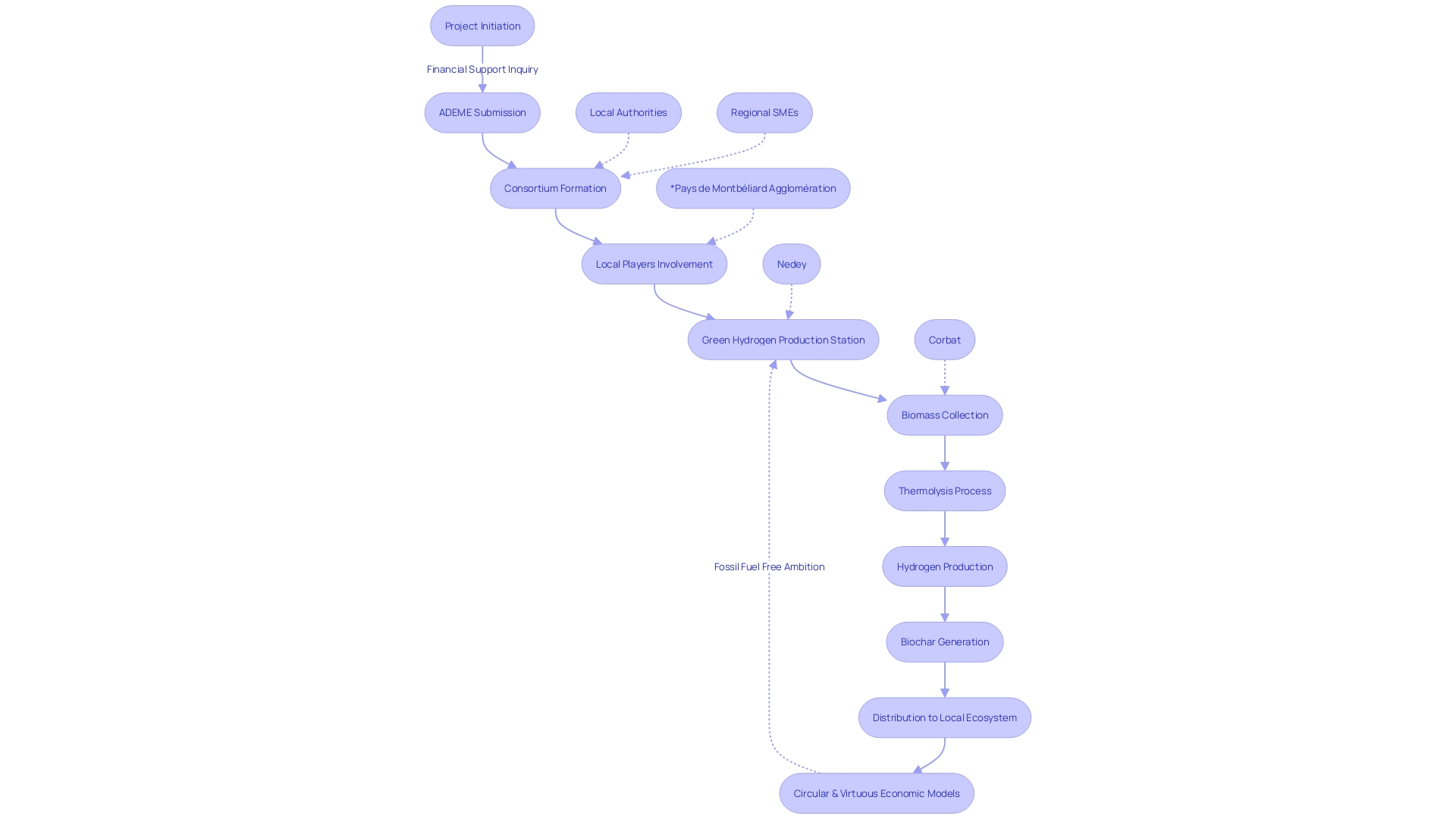
Role of Catalysts in Biomass Conversion
Catalysts are indispensable in enhancing the efficiency of biomass conversion, playing a crucial role in both thermochemical and biochemical pathways. By facilitating the breakdown of lignocellulosic biomass into its constituent parts, catalysts enable the production of diverse products, each deriving from a significant component of the biomass. The sophistication of catalyst design extends from the micro-scale, involving the precise engineering of active sites, to the macro-scale, where the overall catalytic process is optimized for industrial application.
Theoretical foundations and computational methods underpin the development of these catalysts, which are subject to rigorous peer review and analysis to ensure the advancement of renewable resource conversion.
Notably, the transition away from food crops to more sustainable forestry and agricultural residues for biofuel production marks a significant shift in the field. This evolution underscores the importance of catalysts in processing non-traditional feedstocks under fluctuating conditions—a challenge necessitated by the integration of intermittent renewable energy sources like solar and wind.
The latest research reveals that even small external voltage changes can dramatically affect the rate of catalyzed reactions. Such insights bridge the gap between electrochemical and thermochemical catalysis, highlighting the potential for cross-disciplinary innovation. As the industry moves towards carbon-neutral goals, the role of catalysts in converting CO2 into valuable products under varying energy supplies illustrates both the complexity and promise of this research domain.
The continuous quest for novel catalytic materials, encompassing heterogeneous, homogeneous, and biological catalysts, is vital for the advancement of biomass processing technologies, driving us towards a more sustainable and resilient energy future.
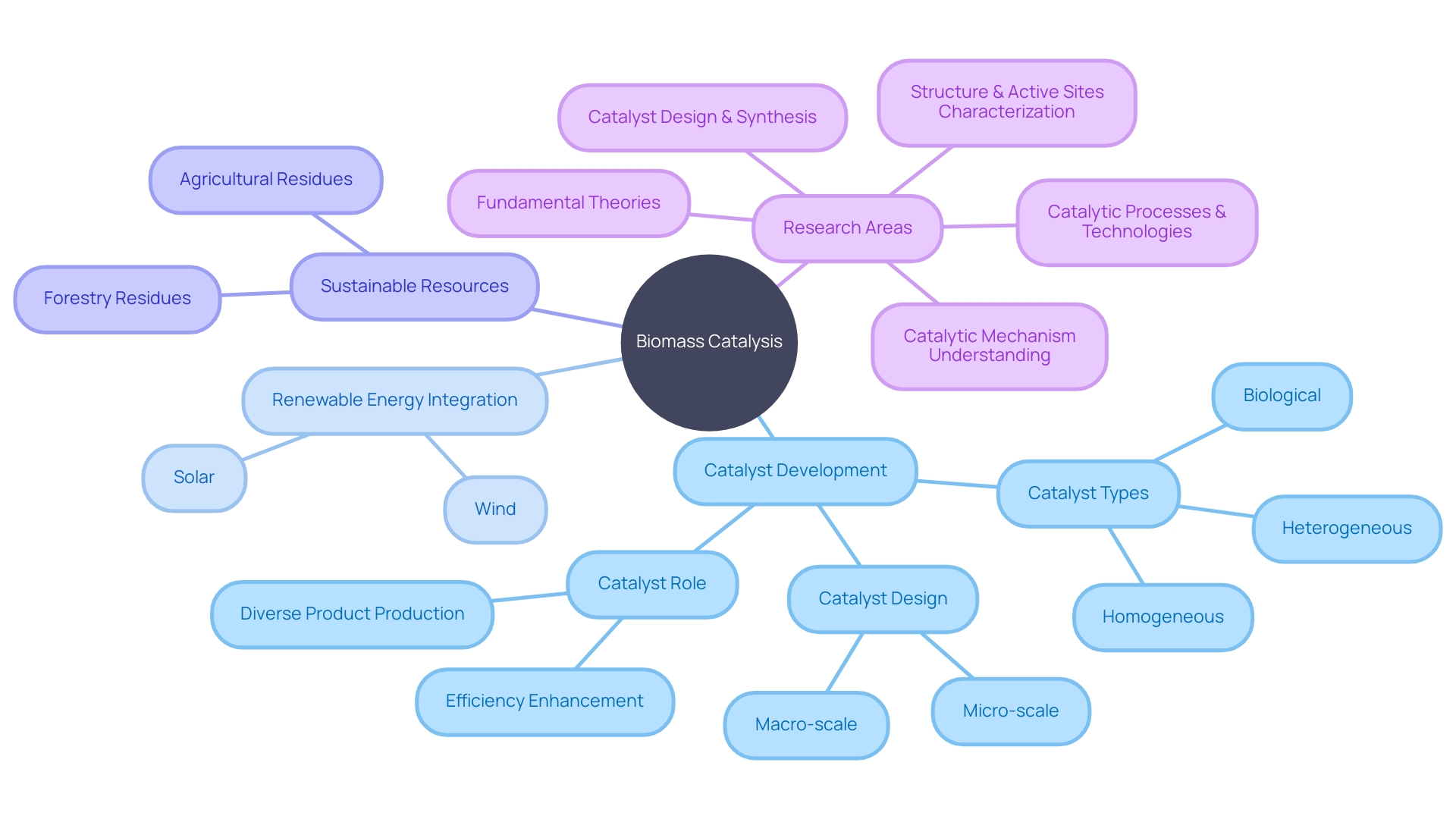
Sustainability and Environmental Impact
The conversion of biomass into biofuel is a critical component of the renewable energy landscape, integral to addressing climate change. Biomass, encompassing materials from plant and animal origin like wood, bark, agricultural residues, and manure, has a dual purpose in mitigating the climate crisis. It can act both as a carbon sequestration agent and a substitute for fossil fuels.
Corn, for example, not only serves as a food source but its residual stover can be re-purposed sustainably for biofuel production.
Environmental stewardship is paramount in biomass utilization as it encompasses land use, water consumption, and greenhouse gas emissions. To fully harness the benefits of biomass without compromising the environment, it's essential to adopt sustainable practices. This includes the strategic selection of feedstock, optimizing land use to prevent deforestation, and employing advanced conversion technologies like those developed by the National Renewable Energy Laboratory (NREL), which allow for efficient biomass fractionation and the production of various bio-based products.
The European Union's approach to biomass, as detailed in the European Environment Agency (EEA) biomass report, highlights the need to understand biomass's numerous roles and its relationship with ecosystems and carbon dynamics. With over half of the EU's agricultural biomass used for animal feed and bedding, and a significant portion of woody biomass allocated to materials and construction, the EU emphasizes sustainable sourcing to meet the European Green Deal's objectives.
In the realm of biofuels, ethanol stands out for its demonstrated viability as an alternative to oil. It contributes to climate mitigation, rural development, and energy independence. The Climate Ethanol Alliance, with over two decades of experience, advocates for ethanol as a key player in the transition to green fuels.
The alliance's emphasis on evidence-based policymaking aligns with the need for informed decisions in the green transition, a stance shared by industry leaders who are rapidly moving towards becoming significant green fuel producers.
In conclusion, while biomass offers immense potential for climate change mitigation, it requires a nuanced understanding of its impacts and benefits. This section delves into the environmental considerations and sustainable strategies essential for minimizing the ecological footprint of biomass conversion into biofuels, aligning with the broader objectives of a carbon-neutral future.
Future Directions and Research Trends
As renewable energy sources become more vital in addressing climate change, biomass conversion technologies are taking center stage. Biomass, derived from organic materials such as wood, agricultural waste, and even animal manure, presents a unique opportunity to tackle carbon emissions. Innovations in biomass technology focus on diversifying feedstocks, optimizing processes, and integrating sustainable energy practices to create a carbon-negative impact.
For instance, corn stover, the unused parts of corn plants, exemplifies sustainable crop use, converting agricultural waste into valuable bioenergy resources.
Further advancements in biomass involve breaking down plant-based materials, such as lignocellulosic biomass, into sugars. These sugars are foundational for producing bio-based chemicals and materials, which are pivotal for the U.S. bioeconomy. Such biotechnological applications not only provide alternatives to fossil fuel-derived products but also contribute to a more circular economy.
In Estonia, a biorefinery by Fibenol illustrates the potential of biomass conversion technologies. Utilizing plywood industry residues, the facility exemplifies the strategic use of local biomass feedstocks. This not only reduces waste but also minimizes transport emissions, contributing to the broader goal of decarbonization.
Overall, the field of biomass conversion is rapidly evolving, with new research leading to more efficient and sustainable technologies. These developments present a pathway towards a more resilient and environmentally conscious future, leveraging the power of renewable resources to meet our energy and material needs.
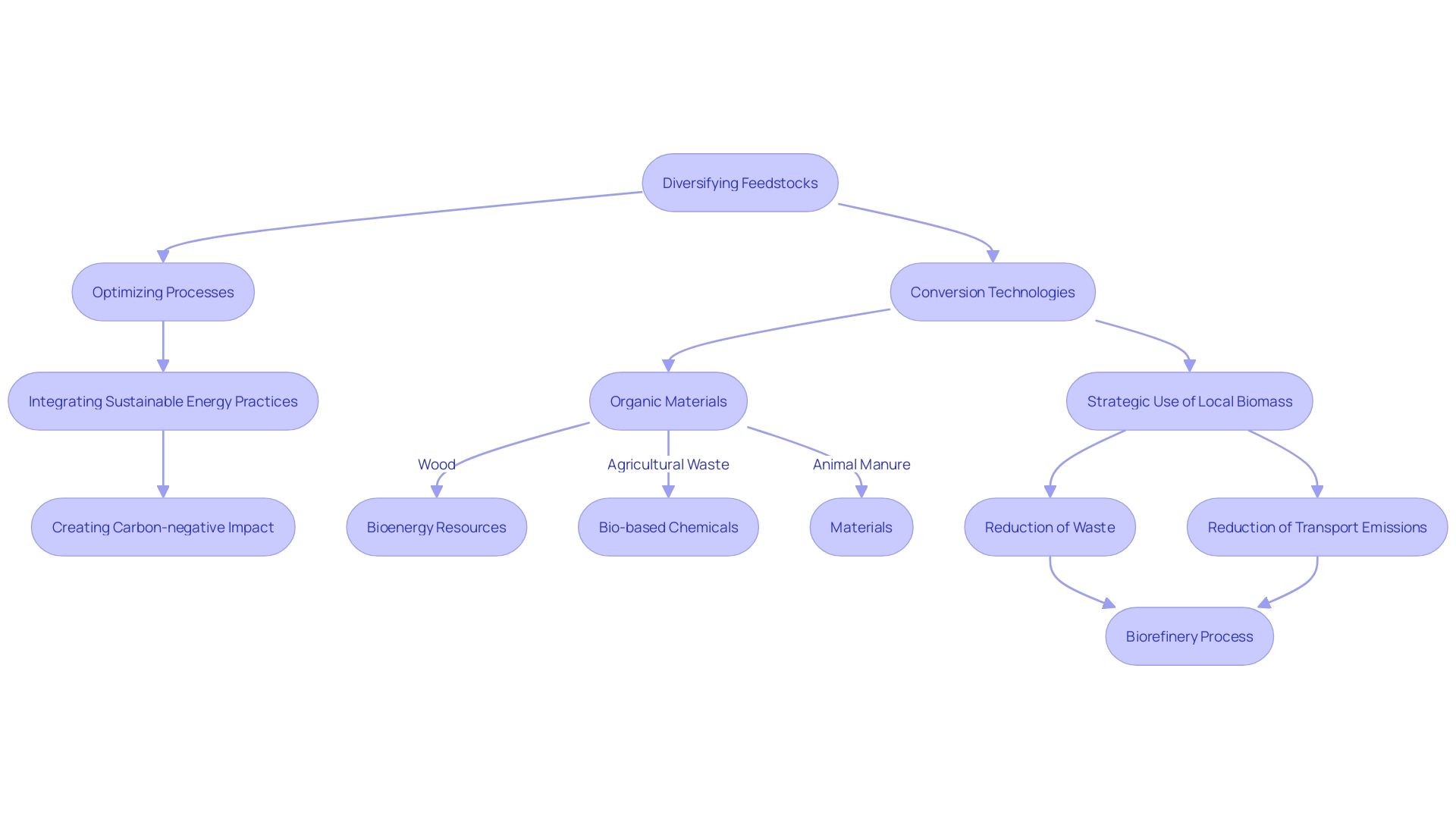
Case Studies and Examples of Successful Biomass Conversion
The emergence of biomass conversion technologies marks a significant stride towards sustainable energy solutions. One exemplary case is a noteworthy project in France that epitomizes the collaborative spirit of a local ecosystem. This project, aimed at establishing a green hydrogen production and distribution station, garnered financial support from ADEME, aligning with France's 2030 objectives.
It has brought together a consortium that includes the likes of Needy, Pays de Montbéliard Agglomération, and the Swiss group Corbat, demonstrating a collective commitment to energy transition and local dynamism.
Haffner Energy's HYNOCA® technology is a linchpin in this initiative, employing biomass thermolysis perfected over three decades and protected by 15 patent families. This innovative process, yielding not only green hydrogen but also biochar, has a remarkably negative carbon footprint. It showcases how local resources, such as sustainably sourced biomass, can be harnessed to fuel circular and virtuous economic models.
Such technologies and projects are pivotal as governments and stakeholders globally explore biomass's role in climate change mitigation and the pursuit of net-zero emissions.

Conclusion
In conclusion, biomass is a promising renewable energy source with diverse applications and the potential to play a pivotal role in achieving net-zero emissions. Thermochemical and biochemical conversion routes, along with advancements in catalyst technologies, enhance the efficiency of biomass utilization. However, ensuring environmental sustainability remains a challenge, and Life Cycle Assessments are crucial in evaluating the true impact of biomass solutions.
Strategic selection of feedstock, optimized land use, and advanced conversion technologies are essential for minimizing the ecological footprint of biomass conversion.
The integration of different conversion pathways and the development of alternative feedstocks are crucial for meeting the growing demand for renewable energy sources. Research and development efforts aim to optimize processes, diversify feedstocks, and integrate sustainable energy practices. Successful case studies, like the project in France's Pays de Montbéliard, demonstrate the potential of biomass conversion technologies and the collective commitment to energy transition.
In summary, biomass stands as a cornerstone of the bioeconomy, offering a path towards cleaner energy and a more sustainable future. By harnessing the full potential of biomass through strategic conversion routes, advancements in catalyst technologies, and sustainable practices, we can make significant strides in reducing greenhouse gas emissions and fostering a more sustainable world.




